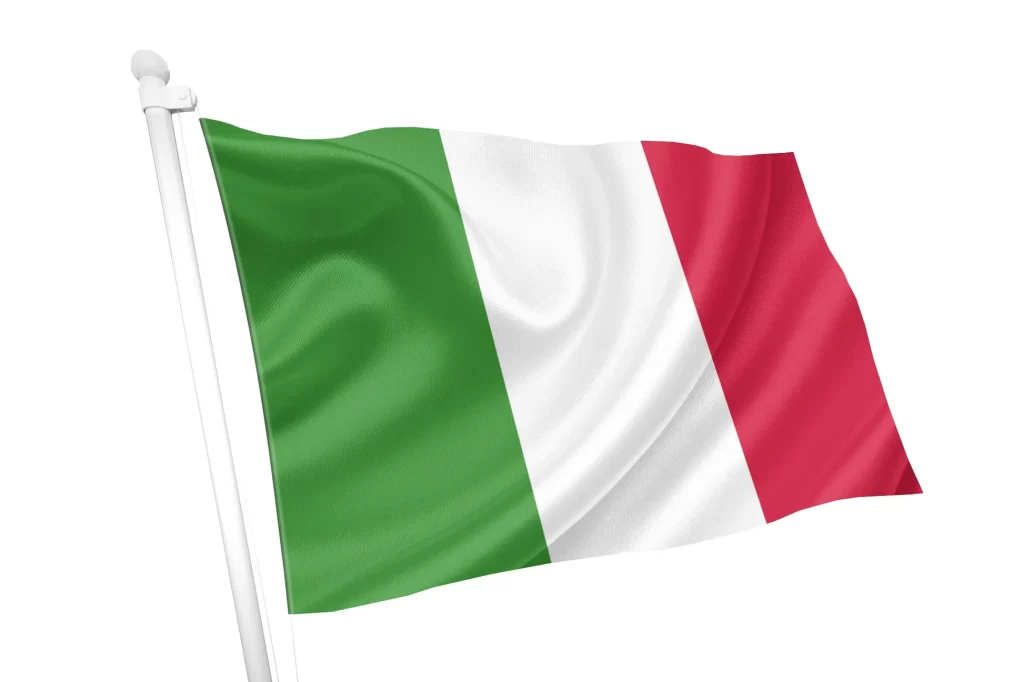Mergers and acquisitions (M&A) represent pivotal strategies for corporate growth, market expansion, and operational synergies. In Italy, M&A activity has evolved significantly, shaped by its regulatory framework, economic climate, and strategic imperatives. This article delves into Italy’s M&A dynamics, highlights notable deals, and analyzes the underlying reasons and strategies driving these transactions.
Regulatory Environment: How Italy Stands Out
Italy’s regulatory framework for M&A is distinct in several ways. Unlike some countries where regulations are relatively relaxed, Italy has a robust system to safeguard national interests, particularly in strategic sectors such as defense, energy, telecommunications, and banking. Key features include:
- Golden Power Regulation: Introduced in 2012 and expanded in 2020, this framework allows the Italian government to veto or impose conditions on transactions involving companies deemed critical to national security or strategic assets.
- Antitrust Oversight: The Italian Competition Authority (AGCM) ensures fair competition, scrutinizing deals that may result in market dominance.
- Sector-Specific Laws: Industries like banking and insurance are subject to additional scrutiny by regulatory bodies such as the Bank of Italy and IVASS (Insurance Supervisory Authority).
These measures, while protecting national interests, can extend the timeline for deal approvals and sometimes deter foreign investment.
Frequency and Drivers of M&A Activity in Italy
Italy witnesses a moderate but steady flow of M&A deals annually, driven by:
- Market Consolidation: Particularly prevalent in fragmented industries like banking and retail.
- Cross-Border Expansion: Italian firms seeking international markets, as well as foreign companies entering Italy.
- Privatization Initiatives: The government’s sale of stakes in state-owned enterprises to enhance efficiency and attract foreign capital.
- Technological Transformation: Companies acquiring innovative startups to boost digital capabilities.
- Economic Recovery and Resilience: Post-pandemic recovery has spurred M&A as firms aim to regain competitive positioning.
Historical Overview and Major Deals
Over the decades, Italy has seen transformative M&A deals across various sectors. Below is a curated list of ten landmark transactions, highlighting their strategic motives and outcomes:
- Intesa Sanpaolo’s Acquisition of UBI Banca (2020) – Value: €4.1 billion
- Objective: Consolidate Italy’s fragmented banking sector.
- Outcome: Successful, creating one of Europe’s largest banking groups.
- Fiat’s Merger with Chrysler (2014) – Value: €35 billion
- Objective: Enter the U.S. market and revive Fiat’s global presence.
- Outcome: Highly successful, culminating in the formation of Stellantis in 2021.
- Essilor’s Acquisition of Luxottica (2018) – Value: €48 billion
- Objective: Create a global leader in eyewear and optical products.
- Outcome: Successful, though integration challenges emerged.
- Campari’s Acquisition of Grand Marnier (2016) – Value: €684 million
- Objective: Strengthen Campari’s premium spirits portfolio.
- Outcome: Successful, boosting market share in the U.S. and France.
- Eni’s Sale of Snam (2012) – Value: €3.5 billion
- Objective: Streamline operations and focus on core energy activities.
- Outcome: Successful, enabling Snam’s growth as a standalone entity.
- Telecom Italia’s Sale of Telecom Argentina (2013) – Value: €960 million
- Objective: Reduce debt and refocus on European operations.
- Outcome: Mixed, as Telecom Italia continued to face financial challenges.
- Benetton Group’s Acquisition of Autogrill (1997) – Value: €2 billion
- Objective: Diversify holdings and capitalize on travel retail.
- Outcome: Successful, cementing Autogrill’s global presence.
- Pirelli’s Acquisition by ChemChina (2015) – Value: €7.1 billion
- Objective: Expand Pirelli’s footprint in the Chinese market.
- Outcome: Successful, though it raised concerns about foreign influence.
- Ferrero’s Acquisition of Nestlé’s U.S. Confectionery Business (2018) – Value: €2.4 billion
- Objective: Strengthen Ferrero’s position in the U.S. market.
- Outcome: Successful, boosting revenue and market share.
- Atlantia’s Acquisition of Abertis (2018) – Value: €16.5 billion
- Objective: Create a global leader in toll road management.
- Outcome: Successful, despite operational integration complexities.
Recent Trends and 2024 Outlook
As of 2024, Italy’s M&A market is vibrant, with several noteworthy deals:
- Kohlberg Kravis Roberts (KKR)’s Bid for Telecom Italia’s Network (2024) – Value: €23 billion
- Objective: Enhance operational efficiency and fund digital infrastructure.
- Status: Ongoing, pending regulatory approvals.
- Iveco Group’s Joint Venture with Nikola Corporation (2024) – Value: €450 million
- Objective: Accelerate the adoption of hydrogen and electric vehicles.
- Status: Announced, with promising synergies projected.
Strategic Insights and Challenges
The success of M&A deals in Italy often hinges on clear strategic alignment, cultural integration, and regulatory compliance. Key takeaways include:
- Sector-Specific Opportunities: Italy’s luxury goods, automotive, and food industries offer lucrative M&A prospects due to global demand and brand value.
- Regulatory Navigation: Early engagement with regulators can mitigate approval delays.
- Integration Planning: Post-merger integration is critical for realizing synergies, particularly in cross-border deals.
Conclusion
M&A activity in Italy is a testament to the country’s dynamic corporate landscape. While regulatory hurdles and economic challenges persist, strategic acquisitions and mergers continue to shape Italy’s position in the global market. By learning from past successes and failures, companies can leverage M&A as a powerful tool for growth and resilience in an increasingly interconnected world.

